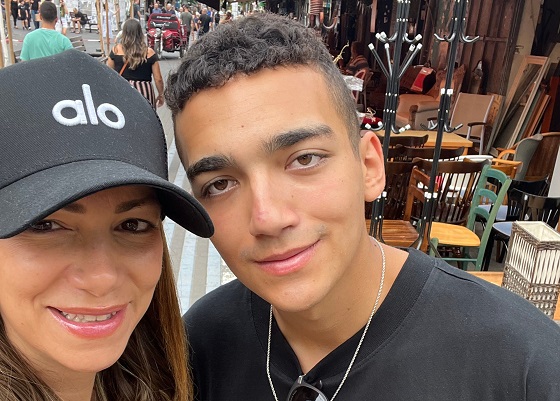Bruce Dowbiggin
Will Cable Cord Cutting Shock Pro Sports Back To Its Senses?
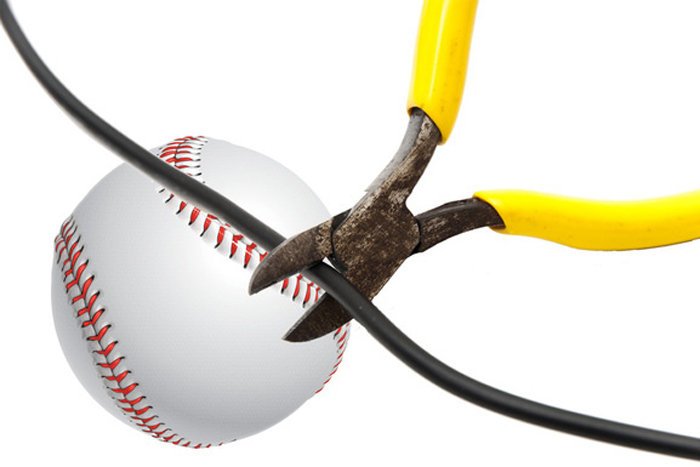
If there’s one constant in modern sports it’s bewilderment at how high salaries have risen for elite athletes. Where a million dollars a year was once the “unheard-of” threshold for salaries, today’s stars are easily taking home 20, 40, even 50 million a year under the new economy in sports. Even college athletes, once forbidden to accept remuneration, are cashing in millions for their name, image or likeness.
When people complain about overpaid athletes to IDLM we simply say the money is in the business, who else do you think should get the cash? Ditto for franchise values, where the Denver Broncos recently sold for a staggering $4.65 B. and the Washington Commanders might fetch $6B.
Largely the infusion of riches in pro sports has come from TV and digital-rights contracts between leagues and regional sports networks (RSN). Those RSNs are the carriers of the local and regional teams. Packaged through cable or satellite carriers they deliver valuable programming dollars to leagues. And for smaller media markets they are a vital source of revenue to keep up with the big boys whose ancillary revenues are pumped by many more customers.
As just one example, the MLB St. Louis Cardinals are currently earning about $66 million a year from their 15-year, $1B deal they signed with Fox Sports in 2015. There are 18 other teams on Sinclair/Diamond local TV deals, all of whom rely on RSNs to play New York salaries in Pittsburgh or Kansas City.
In Canada, as opposed to the American model, regional sports contracts are held directly by either TSN or Sportsnet, national carriers. The monopoly status has suppressed revenues to Canadian NHL, MLB or NBA teams relative to the deals cut in large markets such as New York’s tri-state area, southern California or Chicago.

Recently TV rights packages values were boosted by the arrival of Amazon, YouTube and Google which began to compete with traditional networks for U.S. broadcast rights. But now RSNs are threatened by the cord-cutting trend that sees American and Canadian consumers dumping their traditional bundlers of services to go à la carte digital directly with the producers of programming. ( In Canada the DAZN network has gone head-to-head with TSN for NFL games on a digital deal with the league.)
This past week the American cable giant Comcast reported a year-over-year 11 percent loss in its customer base. That’s about two million Americans saying “I can do without the middle men and the useless channels. I want to subscribe directly to the producers of the material I want to see.” From a peak of 110.5 million customers in 2013 the Comcast market is estimated to drop as low as 65 million customers by 2025.
In part this is consumers shedding programming bundles they never watch and bloated subscription fees as they tighten their belts. It’s also a reflection on the Netflix streaming revolution sparked by Covid-19 lockdowns that saw locked-down consumers get used to the convenience of directly streaming programming from Netflix or Amazon Prime or Disney without paying for a raft of useless channels.
Advertisers have noticed, too. They are headed to streaming services, where their messages can be more targeted to desired audiences than cable TVs scattershot approach.
The impact is being seen in the U.S. where Diamond Sports Group, which controls a huge portion of the pro sports RSNs, is said to be headed to bankruptcy court to restructure its $8.6B in debt. “There are a lot of business and financial terms and policies to work through,” says Deadspin, “but the long and short of it is that DSG is likely going to skip an interest payment it owes, which should be enough for them to get to the bankruptcy claim they’ve been rumored to be after for a while now.”
Bloomberg reported that if they file for bankruptcy it could “potentially put at risk crucial broadcasting rights revenues” for major North American sports networks. Greg Boris, a sports management professor at Adelphi University summed up the looming disaster for pro sports. He told The Score that RSNs have “been a golden goose. You remove cable TV from the scenario, and franchises are worth a fraction of what they are today, players make a fraction of their salaries today… the boom has been going on for almost 30 years. But the vast majority of the people that pay never watch (services they purchase). That’s been the model.”

Leagues are now investigating what to do if the RSN model collapses. Currently the leagues operate direct streaming services for customers wishing to watch out-of-town games not involving their local team. They could simply add the RSN rights too these streams.But direct-to-consumer can be very costly. The Disney+ operation was thought to be a slam dunk, but now management at Disney admits it will be a few years before the operation gets out of the red. American carrier Comcast launched the Peacock network as an outlet for NBC content. It lost $2.5B in 2022 and projects to lose another $2B in 2023. Similar startups such as CBC Gem have been flops.
Direct-to-consumer is also not the easy money machine that RSNs were. If a league or a team operates a direct customer service it takes on the responsibility of signing up and maintaining its customer base. That means dealing with the fickle fans who might drop his/ her package to an NHL, NFL, MLB or NBA team for a few years till the club improves.
That could be a disaster for underperforming teams like MLB’s Pirates or NHL Vancouver Canucks who had the assurance that, while their programming sucked, the other offerings on the cable package were worth customers retaining the service. Direct-to-consumer could, however, be a ray of hope for fans of bad teams that force clubs to finally get serious about producing a winning product.
This potential financial shortfall is probably one of the reason pro sports has so fervently embraced sports betting— to the annoyance of many fans. If the TV money goes, they’ll need every dollar they can find to pay out the contracts they’ve been issuing with impunity the past decade.
Sign up today for Not The Public Broadcaster newsletters. Hot takes/ cool slants on sports and current affairs. Have the latest columns delivered to your mail box. Tell your friends to join, too. Always provocative, always independent. https://share.hsforms.com/16edbhhC3TTKg6jAaRyP7rActsj5
Bruce Dowbiggin @dowbboy is the editor of Not The Public Broadcaster A two-time winner of the Gemini Award as Canada’s top television sports broadcaster, he’s a regular contributor to Sirius XM Canada Talks Ch. 167. Inexact Science: The Six Most Compelling Draft Years In NHL History, his new book with his son Evan, was voted the seventh-best professional hockey book of all time by bookauthority.org . His 2004 book Money Players was voted sixth best on the same list, and is available via http://brucedowbigginbooks.ca/book-personalaccount.aspx
Bruce Dowbiggin
Do It Once, Shame On You; Do It Twice, Shame On Me
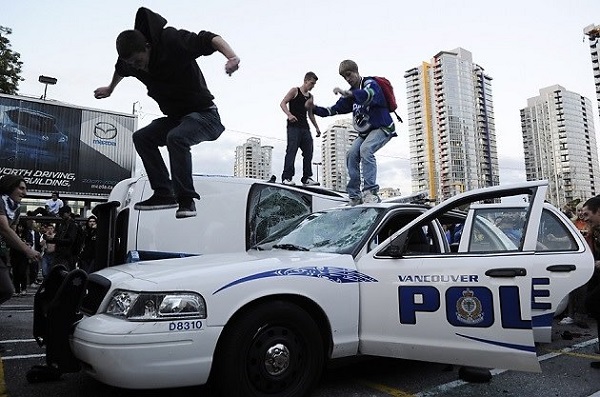
Now that the annoying Toronto Maple Leafs business (In Toronto The Leafs Always Fall In Spring ) is in the rearview mirror it’s time to turn Canada’s yearning eyes to… the Vancouver Canucks? Okay, the Edmonton Oilers are in the second round, too, playing the Canucks. But it’s the unlikely re-appearance of the Nucks, like some Ogopogo on skates, that commands the curious attention of Canadians.
While Edmonton may even win the Cup this year— should its forward-heavy strategy work better than it did for the Maple Leafs— seeing the team in blue and green re-emerge after eight seasons out of eleven with no playoffs— no postseason since 2020— has some intriguing side stories. It’s been bleak since the owner blew up his team in 2013 for fear of losing a few season-ticket holders.
Vancouver is the only Canadian team to go to Game 7 twice in the Finals since Montreal won the Cup in 1993. In 1994 it was defeat at the hands of Mark Messier and the Rangers. In 2011 it was the bastard, er… Boston Bruins who skated away with the Cup in seven. And, as everyone at HNIC reminds us, Calgary (2004), Edmonton (2006), Ottawa (2007) and Montreal (2021) all fell in the Final, too. But that’s it. Seven spins of the Plinko in 31 years.
With NHL ensuring that only one of the two remaining Canadian clubs will advance after this round, the chances of a Canadian team making it eight Finals in 31 years are slim. So why not the team that plays at 10 PM ET all the time, the team that was predicted to be among the League’s worst this year. Your Vancouver Canucks. After all, it would be so perfect for the team from the home of loony politics to win the Cup.
Primary among them is the symmetry of the Hamas disturbances across the county today that recall the 2011 Canucks riot that followed the Game Seven loss by Alain Vigneault’s team. For those who don’t remember, the bitter loss fused overly refreshed Canucks fans with an element that had nothing to do with hockey on a warm summer night.

As the fans streamed away from the Rogers Centre and the open-air watch parties, the now-familiar masked balaclava-wearing, backpack toting radicals moved among them, whipping up the fans’ monumental disappointment with urges to vandalize and loot. Viewers saw an incongruous picture of these fifth columnists and fans in the team jersey becoming involved in the smashing of windows and setting of fires. Sure, Montreal had seen recent riots after Stanley Cups but there was little element of politics in the drunken behaviour.
Not Vancouver. Not in 2011. Seeing the random anarchists and looters on Granville and Robson Streets the question was, “Why were the cops and elected officials so unprepared?”

It was an unsettling conclusion to a season of so much good feeling in Vancouver, staining the memory of a gifted hockey team that simply ran out of healthy bodies. The most common reaction to the riots was “Who were those non-hockey people in the riot?” There were jokes about the instigators were 257 Daniel Sedins, 319 Henrik Sedins and 195 Roberto Luongos. But they fell flat.
Many were shocked to see so many anarchists, Marxists, radical climate freaks, petty criminals and psychopaths in their midst. Like the reaction to the Palestinian mobs waving Death To Jews and From The River to the Sea, the impact on average Canadians— the kind who watch hockey, not Mao, as a religion— was unsettling. The damages soared into the tens of millions as Vancouver’s looked at a burned-out downtown and asked, “What happened?”
Later investigations revealed a large contingent of the rioters came from as far away as the Pacific Northwest and California. This was an organized event. Again, how did so many people with evil intent get into the country? The answer to most of the questions was very Canadian. People thought it couldn’t happen here.
It’s what most are saying about the Hamas-inspired wave of crime and insubordination now on screens. Canadians have always been so liberal and self effacing. How did they end up branded by homicidal Hamas as supporting the murder of babies? Isn’t there supposed to be some pay-off for being kind and opening the doors to unchecked immigration from countries where terror and instability are the watchwords?

What is just as unnerving about the Palestinian intifada ugliness is the realization that, memories of 2011, the anti-Israel demonstrators represent only a part of the mobs denying entry to Jewish students at schools or blocking traffic or defacing buildings with messages of hate. It’s clear that anti-capitalist nihilists are in equal numbers in the crowds, whipping up hapless coeds, grad-school nimrods and nutty professors with their messages.
Worse, the uniform tents, signs, chants and more across the continent are the products of donors linked to some of the most famous names in finance— Rockefeller, Gates, Soros.
Citizens are right to wonder how the toxic politics of the Middle East has fused with a bottomless pit of money to upend their capitalist society. And to realize that the liberal tenets of toleration and friendliness espoused by feckless politicians have only brought on this crisis.
And to think that most thought it all behind them after they’d cleaned up the broken glass and burned cars in 2011. As they say, do it once, shame on you. Do it twice, shame on me.
Bruce Dowbiggin @dowbboy is the editor of Not The Public Broadcaster A two-time winner of the Gemini Award as Canada’s top television sports broadcaster, he’s a regular contributor to Sirius XM Canada Talks Ch. 167. Now for pre-order, new from the team of Evan & Bruce Dowbiggin . Deal With It: The Trades That Stunned The NHL & Changed Hockey. From Espo to Boston in 1967 to Gretz in L.A. in 1988 to Patrick Roy leaving Montreal in 1995, the stories behind the story. Launching in paperback and Kindle on #Amazon this week. Destined to be a hockey best seller. https://www.amazon.ca/Deal-Trades-Stunned-Changed-Hockey-ebook/dp/B0D236NB35/
Bruce Dowbiggin
It Gets Late Early These Days: Time To Bounce Biden & Trudeau?
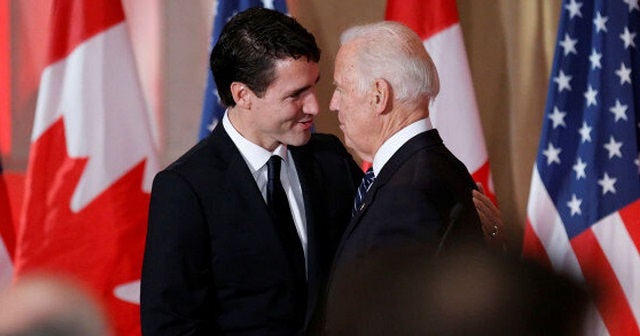
“Take out the papers and the trash, or you don’t get no spending cash.”
Whether you’re in the stock market or real estate the question of when to sell is paramount. When to dump a tanking investment or sell a house in a bad market is an art form. Hence the expression, Timing is everything.
For the incumbent governments in Canada and the U.S. the time has come to make that risky decision of when to fish or when to cut bait with their respective leaders.
In Canada the federal Liberals, still shacked up with the NDP in a common-law embrace, have been doing denial for an extended period since they used the Covid-19 lockdown to sneak out a minority government in 2021. As soon as voters awoke to the lockdown hoax they’d lived through— courtesy of Justin Trudeau— they began to abandon him as a marketable product.
With five years to procrastinate, however, they indulged their radical agenda of climate and culture rather than address how they might be re-elected with Trudeau and his Quebec-dominated cabinet. They blew black holes in Canada’s debt load. There was a PR strategy to label Pierre Poilievre as a mini-Trump. And to buy up the floundering legacy media sources before there 2025 vote.

But for the most part the Liberals still saw Happy Ways where the mainstream saw an intellectual lightweight tilting at every Woke windmill. Since 2021 the polls have shown a steady erosion to the point where they see a Conservative majority— maybe even super-majority— if an election were called today.
Now all governments get tired over time. The biggest complaint about Stephen Harper from the talking classes in 2015 was the sense of fatigue he projected to Canadians who want their PM to be a rock star. But the collapse in Trudeau’s support has come via other very serious underpinnings from corruption (Lavalin, ME Charity, Chinese influence) to entitlement (the Carbon Tax, deficit).
However you see these issues they have led to the point where Liberals, more than half of whom will lose in the next election, must decide if they want to go to Davy Jones locker on the HMCS Skippy. Many of them will qualify for federal pensions if they hold on to the bitter end with Trudeau in October of next year. So he has that assurance of support. But if he is punted by the party he resurrected in 2010, who will succeed him? The taint of Trudeau on his most loyal sycophants will disqualify anyone in cabinet from being taken seriously for the top job.
Outside the immediate junta, names like Mark Carney— former Bank of Canada head— and deposed justice minister Jody Wilson Raybould have been put forward. The problem for anyone aspiring to replace Trudeau is they will have to face his fanatical loyalists in the PMO who’ve slapped down any pretenders so far.
The most recent forlorn hope for Trudeau was that the Federal Budget might calm the waters. Running up the deficit to perilous numbers with a menu of profligate policies to slake the restless NDP was going to force Poilievre on the defensive. So were limp attacks such as this from Trudeau cabinet pal Marc Miller.
For a brief fortnight the polling seemed to stabilize. But now more recent polls show that Trudeau’s popularity bottom was not a bottom at all, just a transfer station en route to the Marianas Trench of politics. Leaving the question of who and when as the only measurables in the equation. How much runway does he deserves and how much his successor gets are the operative problems when Liberals spend the summer in their ridings.
Meanwhile Joe Biden’s faint hope of putting his opponent in jail before the November election has done nothing to move his polling. If anything the prosecution of Donald Trump as he runs against Biden in 2024 is seen as a distinctly underhanded tactic by many outside the MSNBC mouth breathers.
While polls are a mugs’ game, the news that Biden trails Trump in all seven of the swing states he needs to be re-elected has sent shock through Team Obama, which runs the Democratic Party at the moment. There are a lot of sinecures and cushy salaries at risk here. The addition of Robert Kennedy Jr. to the presidential ballot in key states like California is further diluting the DEMs base. While RFK Jr. draws from both parties it’s expected he’ll hurt Biden most.
As if that wasn’t enough the recent pro-Palestine occupations by students and paid agitators is seen as a referendum on Biden’s support for Israel among the fanatical left-wing base of the DEMs. And polls indicate the effect has been disastrous.

Unlike the Liberals who have time to effect a palace coup, the DEMs are up against the clock with their convention coming in July. While he still plays to the Hollywood and Wall Street donors, the general public sees Biden getting more decrepit by the day. His persona as a pleasantly dazed crossing guard has worn thin.
While replacement scenarios have dogged Biden since his election (saved only by the utter dislike for his VP Kamala Harris) the party pros are talking about one last pierce of theatre: letting Biden take the nomination in July, replace Harris with a star candidate like Michelle Obama or Tom Hanks and have Biden then take a knee for health reasons.
Let the untainted replacement take on Trump, who produces a puke-in-your-mouth reaction with half the American electorate. A squishy Obama/ Bill Clinton replacement could rout Trump in a debate and bring single white women and blacks/ latinos back home to the DEMs. Seems like a longshot?
This is the party that orchestrated at least four separate legal assaults on Trump, coincidentally in the year of the election. Don’t under-estimate their chicanery. And while they didn’t pay off the media as Trudeau has done, they don’t need to. They get the love for free.
Give them credit if they do, because doing nothing is a ticket to four years of The Don.
Bruce Dowbiggin @dowbboy is the editor of Not The Public Broadcaster A two-time winner of the Gemini Award as Canada’s top television sports broadcaster, he’s a regular contributor to Sirius XM Canada Talks Ch. 167. Now for pre-order, new from the team of Evan & Bruce Dowbiggin . Deal With It: The Trades That Stunned The NHL & Changed Hockey. From Espo to Boston in 1967 to Gretz in L.A. in 1988 to Patrick Roy leaving Montreal in 1995, the stories behind the story. Launching in paperback and Kindle on #Amazon this week. Destined to be a hockey best seller. https://www.amazon.ca/Deal-Trades-Stunned-Changed-Hockey-ebook/dp/B0D236NB35/
-

 Environment2 days ago
Environment2 days agoOfficial Temperature Data Aren’t ‘Data’ and Shouldn’t Be Used to Restrict Freedom
-
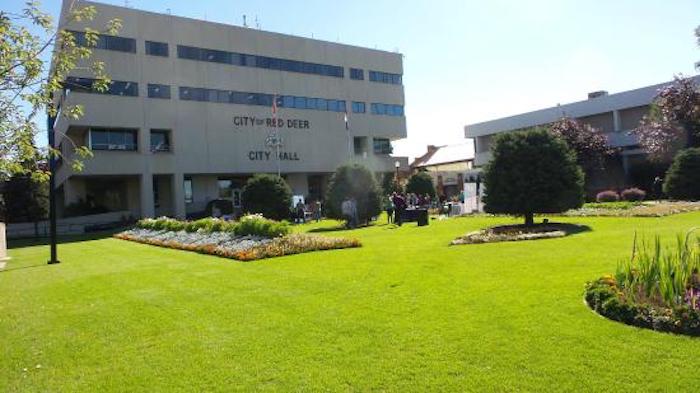
 City of Red Deer2 days ago
City of Red Deer2 days agoCity presses ‘pause button’ on search for homeless shelter location
-
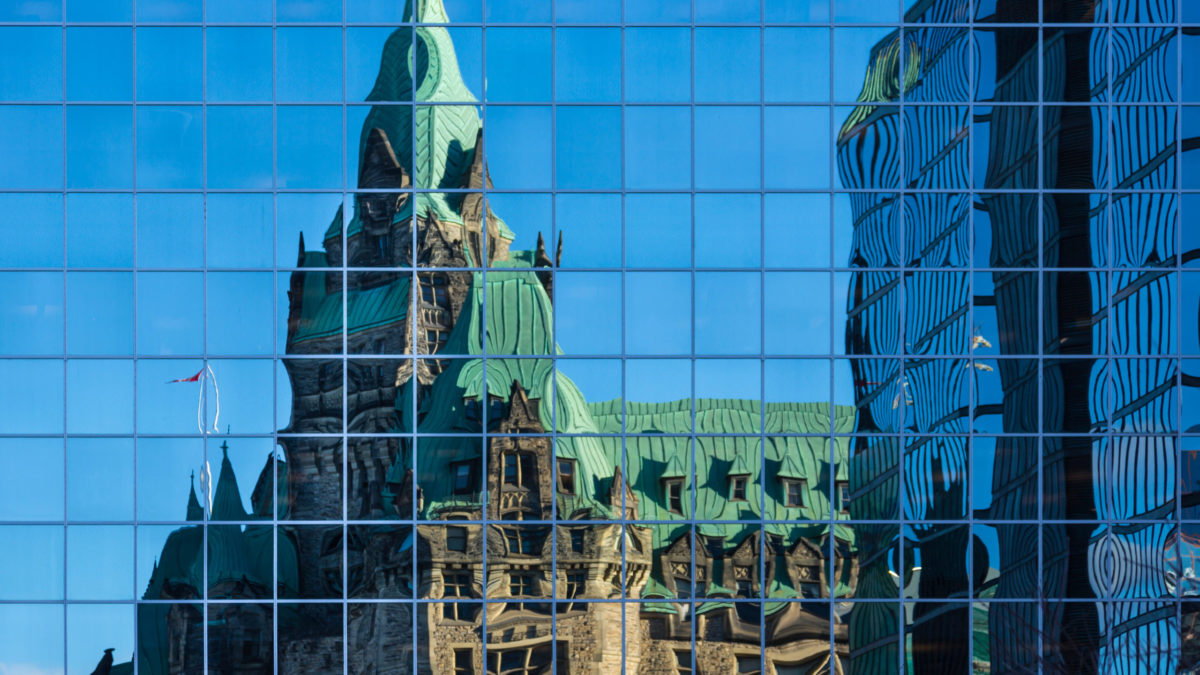
 Business2 days ago
Business2 days agoEconomic progress stalling for Canada and other G7 countries
-
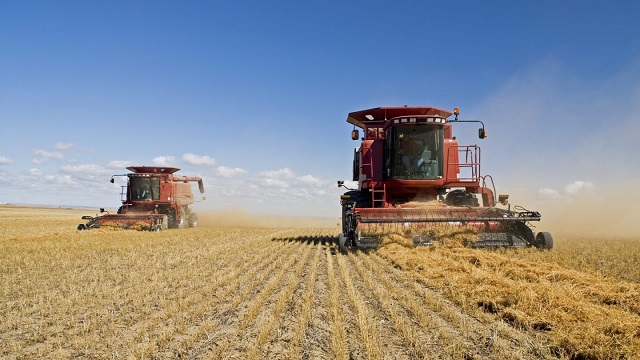
 Agriculture1 day ago
Agriculture1 day agoFarming group accuses Canadian gov’t of trying to blame agriculture for ‘climate change’
-
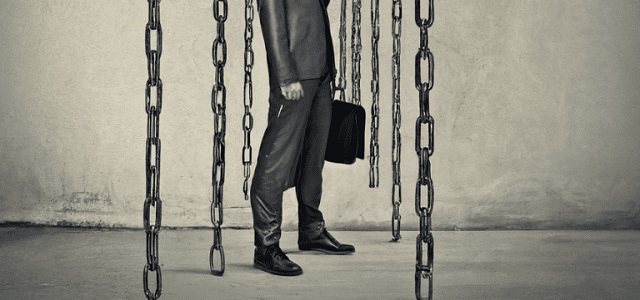
 Business2 days ago
Business2 days agoProposed changes to Canada’s Competition Act could kneecap our already faltering economy
-
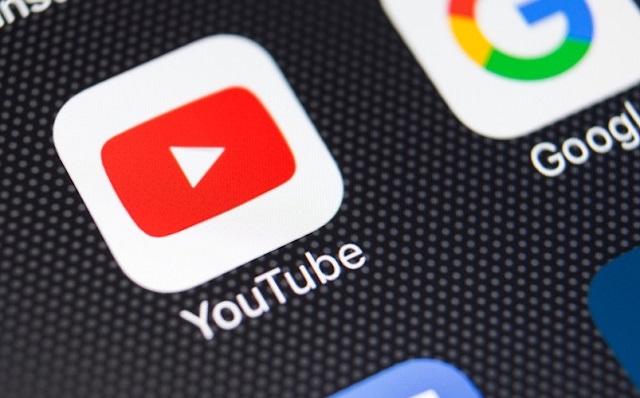
 Censorship Industrial Complex21 hours ago
Censorship Industrial Complex21 hours agoQuebec court greenlights class action suit against YouTube’s COVID-related content censorship
-
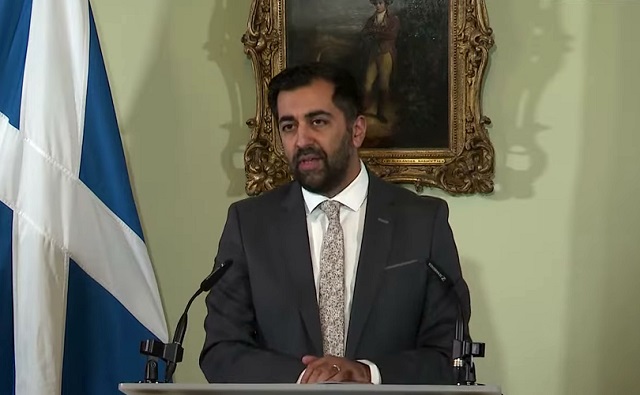
 Opinion2 days ago
Opinion2 days agoDoes Scottish gov’t turmoil signal the end of the ‘green’ agenda’s stranglehold on Europe?
-

 espionage20 hours ago
espionage20 hours agoEXCLUSIVE: House Committee To Investigate Spike In Chinese Illegal Immigration Following DCNF Report

